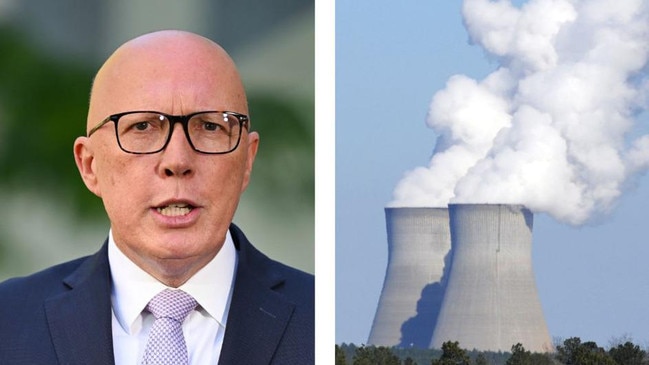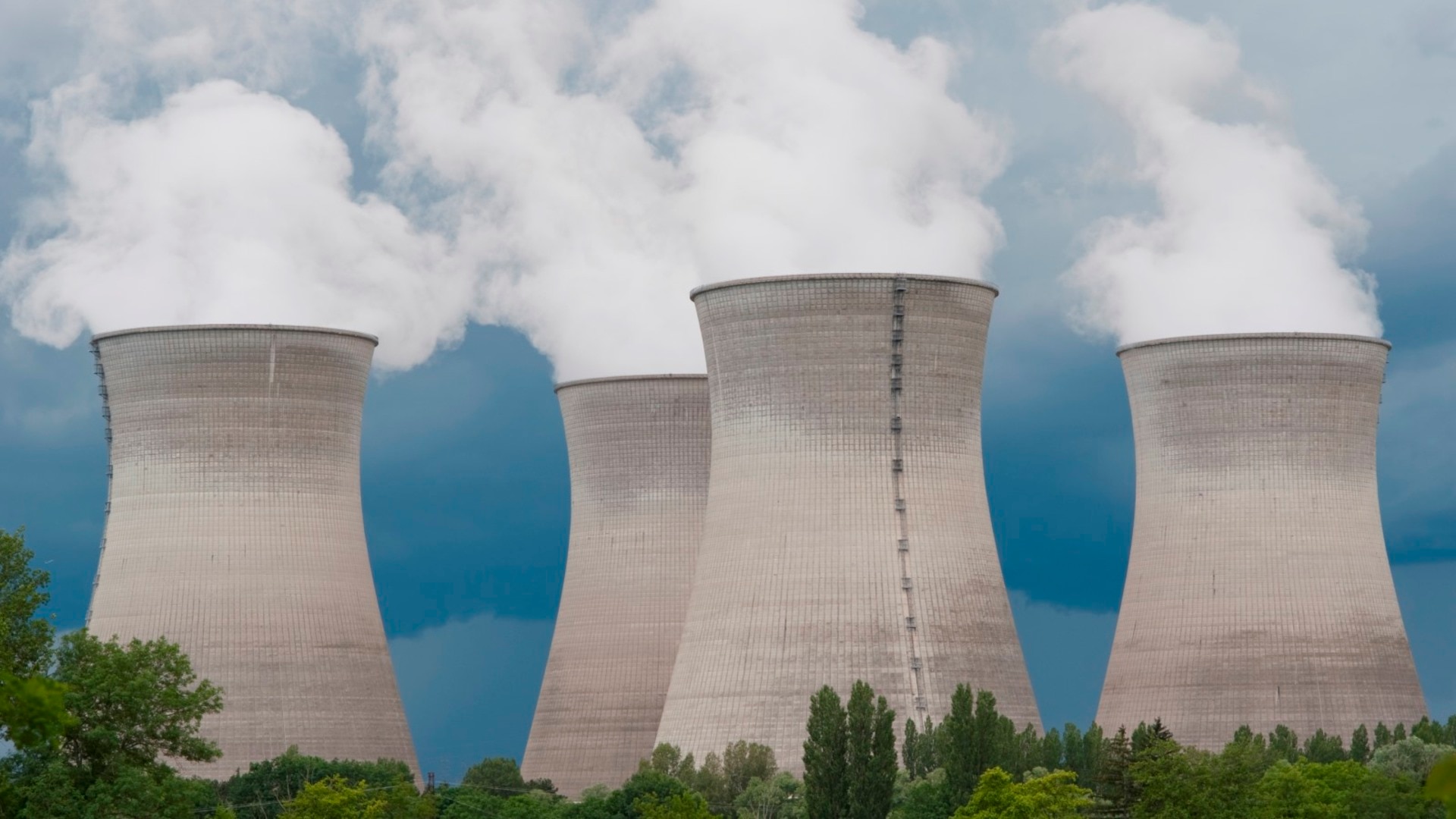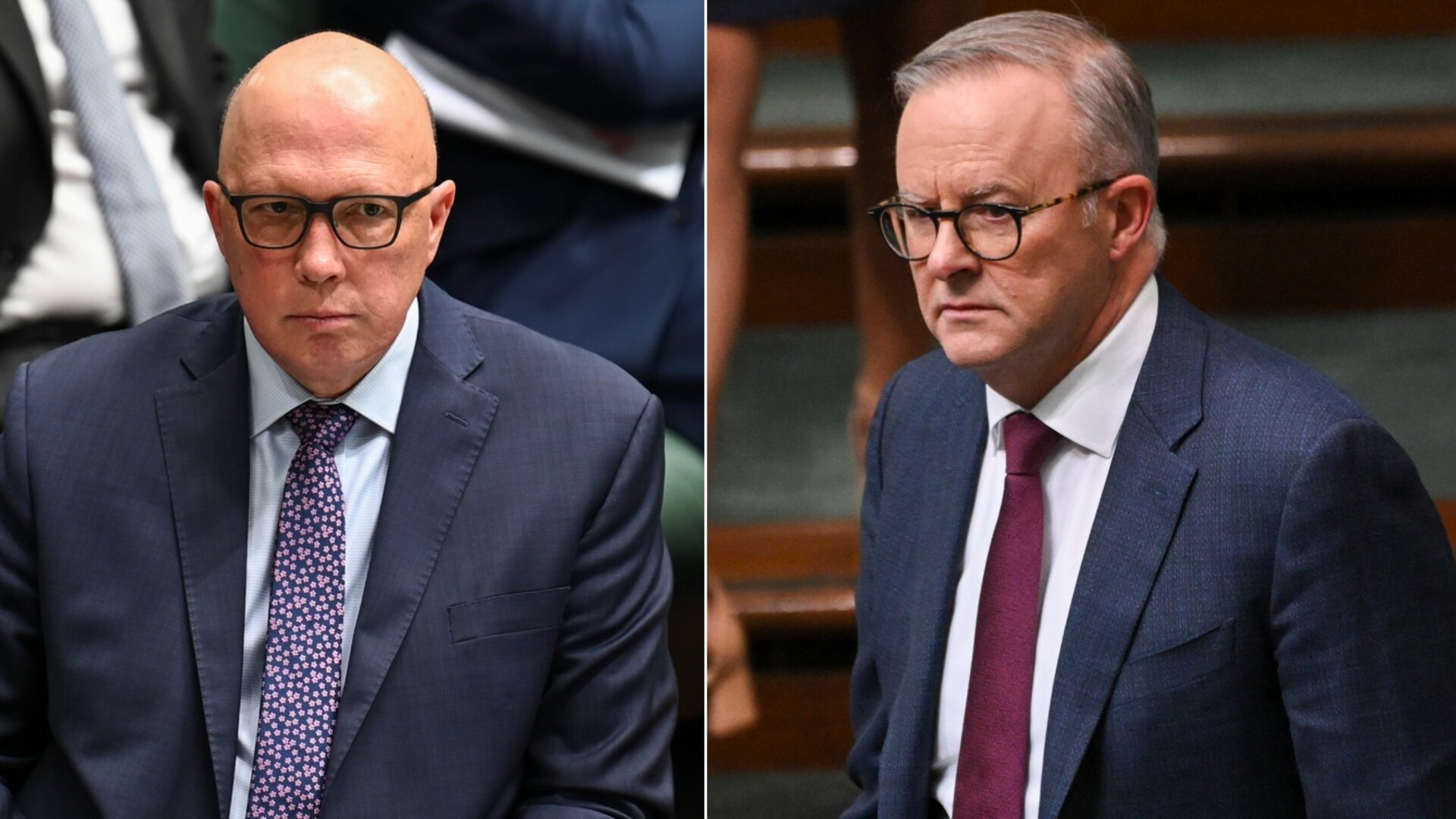Nuclear power could destabilise the market

The federal opposition’s push for government-owned nuclear power in Australia threatens to destabilise our electricity market. It would undermine the sophisticated market-pricing system that has evolved since the 1990s. By pursuing nationalised nuclear generation, the opposition must be ready to shoulder costs currently met by private investors – particularly in storage – or see the market collapse long before the first nuclear plant goes live.
It is helpful to reflect on how and why our celectricity market was established. In the 1980s, state-owned, vertically integrated monopolies dominated the electricity sector. The 1990s saw the Council of Australian Governments initiate reforms to improve efficiency, cut costs and foster competition. They broke up generation, transmission and retail, corporatised utilities, and established independent regulators. In 1998, the National Electricity Market was created.
These market reforms made privatisation possible. The Victorian premier of the time, Jeff Kennett, led the charge in doing just that, and subsequent conservative governments in South Australia and NSW followed suit. Queensland kept its distribution infrastructure but privatised much of its generation. Retail competition was introduced in stages across the NEM early this century, and a wave of consolidation led to the retailers we know today. Today, the NEM extends across all eastern states, and most system assets have private ownership.
The NEM’s spot pricing balances supply and demand across coal, gas, wind, solar and hydro assets. The system is not perfect, but the market structure provides five-minute price signals across NEM regions. This market pricing mechanism delivers two benefits: it supports short-term decisions regarding energy dispatch and provides price signals for long-term investment, particularly in generation and storage.
Australia’s rooftop solar is a powerful illustration of how households, aided by effective market price signals, can become electricity generators and drive investment in complementary technologies.

Ultra-low daytime wholesale prices stem from abundant solar, while evening peaks remain high. These swings are not market failures but price signals for more energy storage. Investors have answered by installing record levels of storage to meet evening demand, helped by battery prices halving in five years.
Predictable policies and markets underpin large-scale private investment. Government-owned nuclear will up-end these.
In its 2024 Integrated System Plan, AEMO forecasts that Australia will require an additional 47 Gigawatt-hours of short-term storage over the next decade. That should cost around $30bn at current prices, which is expected to be overwhelmingly privately funded. However, private investors will hesitate to invest in storage for a market destined to be flooded by government-owned nuclear energy.
Without enough storage, our rooftop solar installations will probably need to be curtailed, or our new nuclear plants will incur losses throughout the day due to frequent negative market prices. A simple observation – those negative prices are a boon for storage because you are paid for charging, but are a significant financial drag for an always-on generating system like nuclear.

Imagine Australia in 2035, just before our promised “nuclear new dawn”. Our grid will probably rely on a handful of ageing coal-fired stations, some gas turbines, wind, and a large fleet of rooftop solar, with grid exports regularly curtailed. With scant storage thanks to a decade of disrupted markets, electricity rationing is a grim necessity whenever the limping coal-fired stations fail, and evening power use is a luxury for the wealthy with their off-grid solutions.
If nuclear plants are delayed the misery will be prolonged.
There is no sensible reason to continue to ban nuclear power in Australia, but no new generation using any technology should be government-owned. If nuclear power becomes competitive, private investors will fund it.
As an investor in grid and storage technology, I’m alarmed at the prospect of any government imposing a top-down “fix” on our energy system. Australian governments have been exiting the electricity sector since the 1990s. Now is not the time for them to return. It is astounding the Liberal Party, historically a champion of free markets, has embraced a proposal that so thoroughly abandons them. Our energy sector is surviving the extinction of its once-core coal-fired generation because competition and private capital are delivering innovation and investment.
Australia does not need new “baseload” generation. The market is backing a better, cheaper, more flexible and faster-to-deploy solution: battery storage. We shouldn’t stifle that private momentum with a government-imposed monolith.
Tony Ferguson is co-founder of EcoJoule Energy. He was formerly executive director, Macquarie Capital and managing director, Rothschild Australia.



